March 15, it was reported that the Federal Communications Commission (FCC) of the United States recently issued a notice announcing an increase in the definition of “broadband”, raising the downstream speed from 25 Mbps to 100 Mbps and the upstream speed from 3 Mbps to 20 Mbps.
The US raises the definition of “broadband”: downstream from 25Mbps to 100Mbps, upstream from 3Mbps to 20Mbps
FCC Commissioner Jessica Rosenworcel said as early as 9 years ago, “Frankly, I think our new threshold should be 100Mbps. I think any standard below this is a blasphemy against our children, our future, and our new digital economy,” and now this requirement has finally been implemented in the United States.
The Federal Communications Commission today released more statistics on the broadband gap in the United States:
- Fixed terrestrial broadband services (excluding satellites) have not actually been deployed to about 24 million Americans, including nearly 28% of rural Americans and more than 23% of those living on tribal lands.
- 9% of the country is not covered by mobile 5G-NR (downstream 35 Mbps, upstream 3 Mbps).
- 45 million Americans cannot simultaneously access 100/20 Mbps fixed services and 35/3 Mbps mobile 5G-NR services.
- Based on the new short-term benchmark of 1 Gbps per 1,000 students and faculty in schools and classrooms, 74% of school districts have reached this goal.





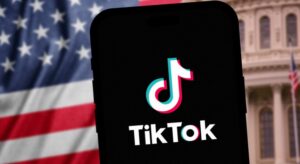




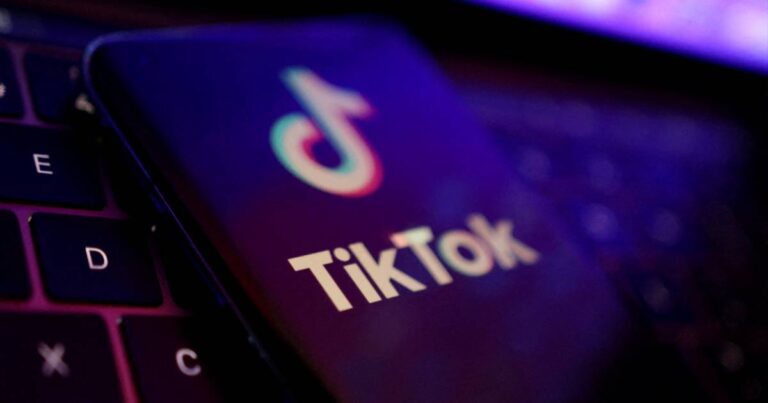
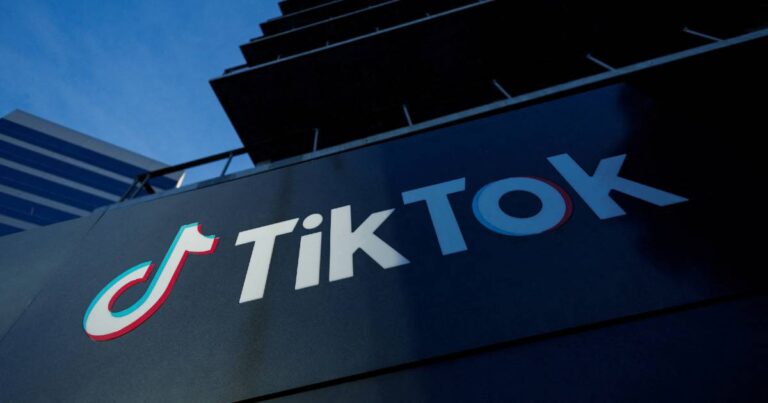

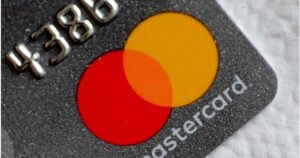



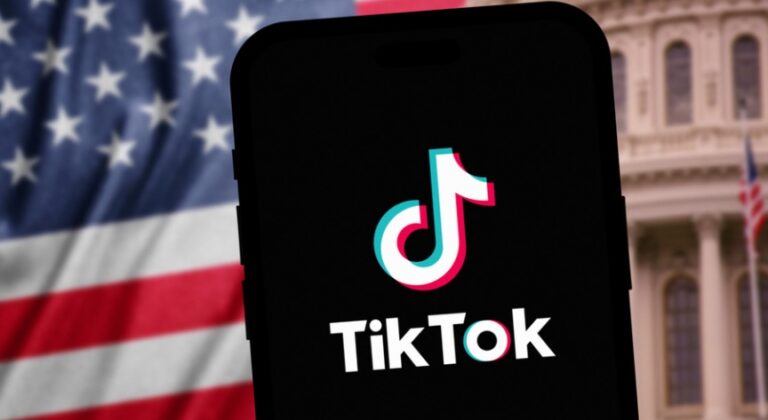

+ There are no comments
Add yours